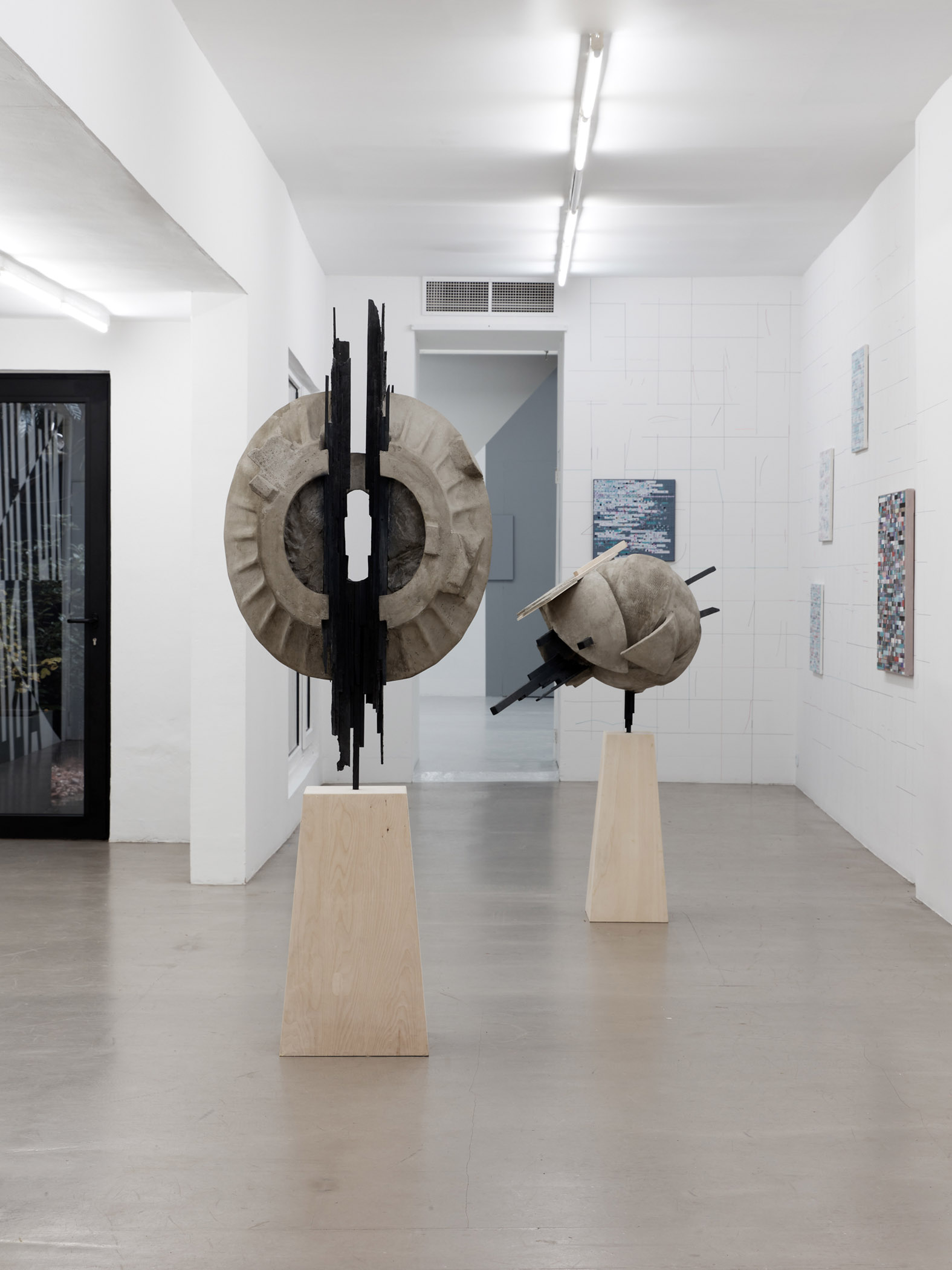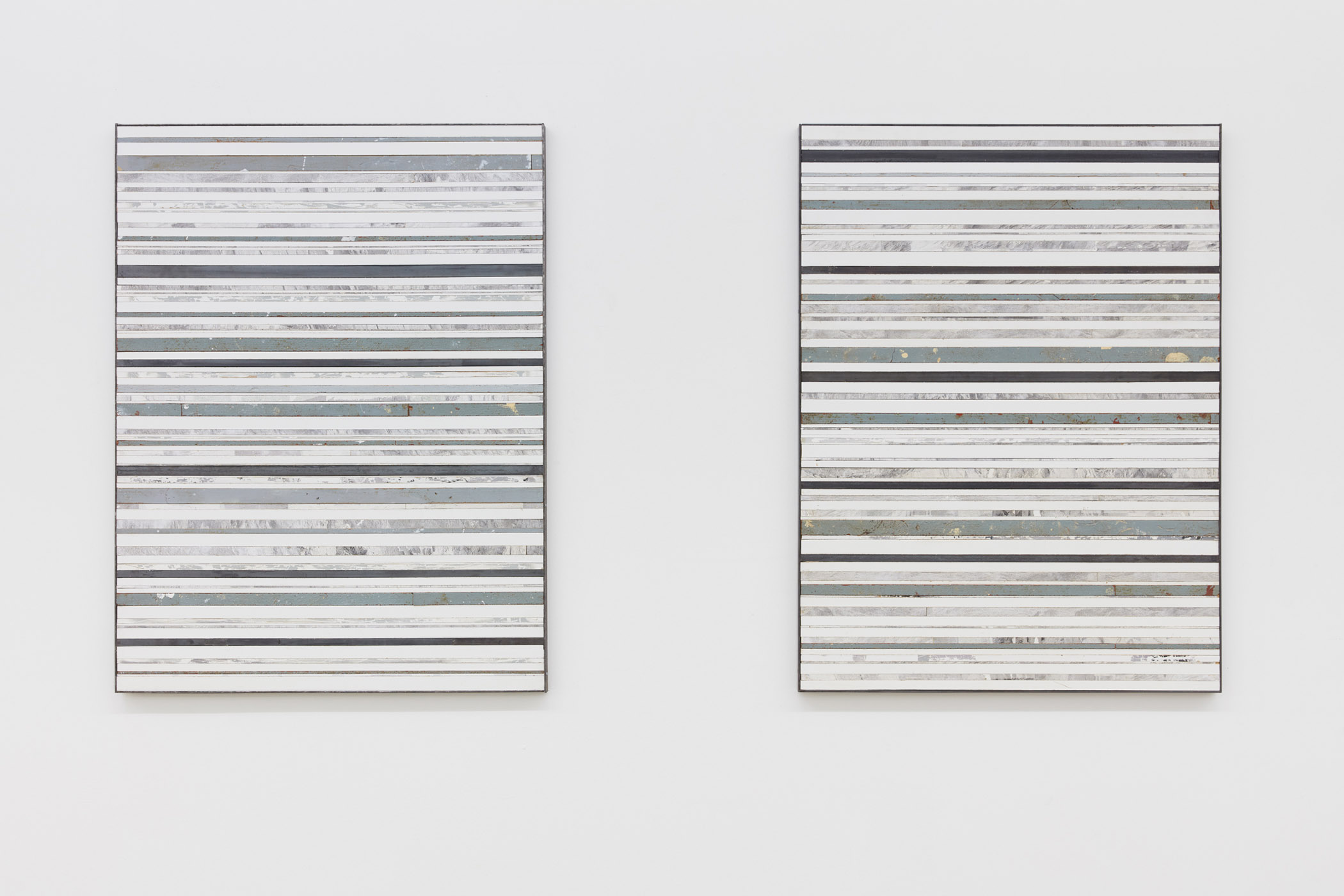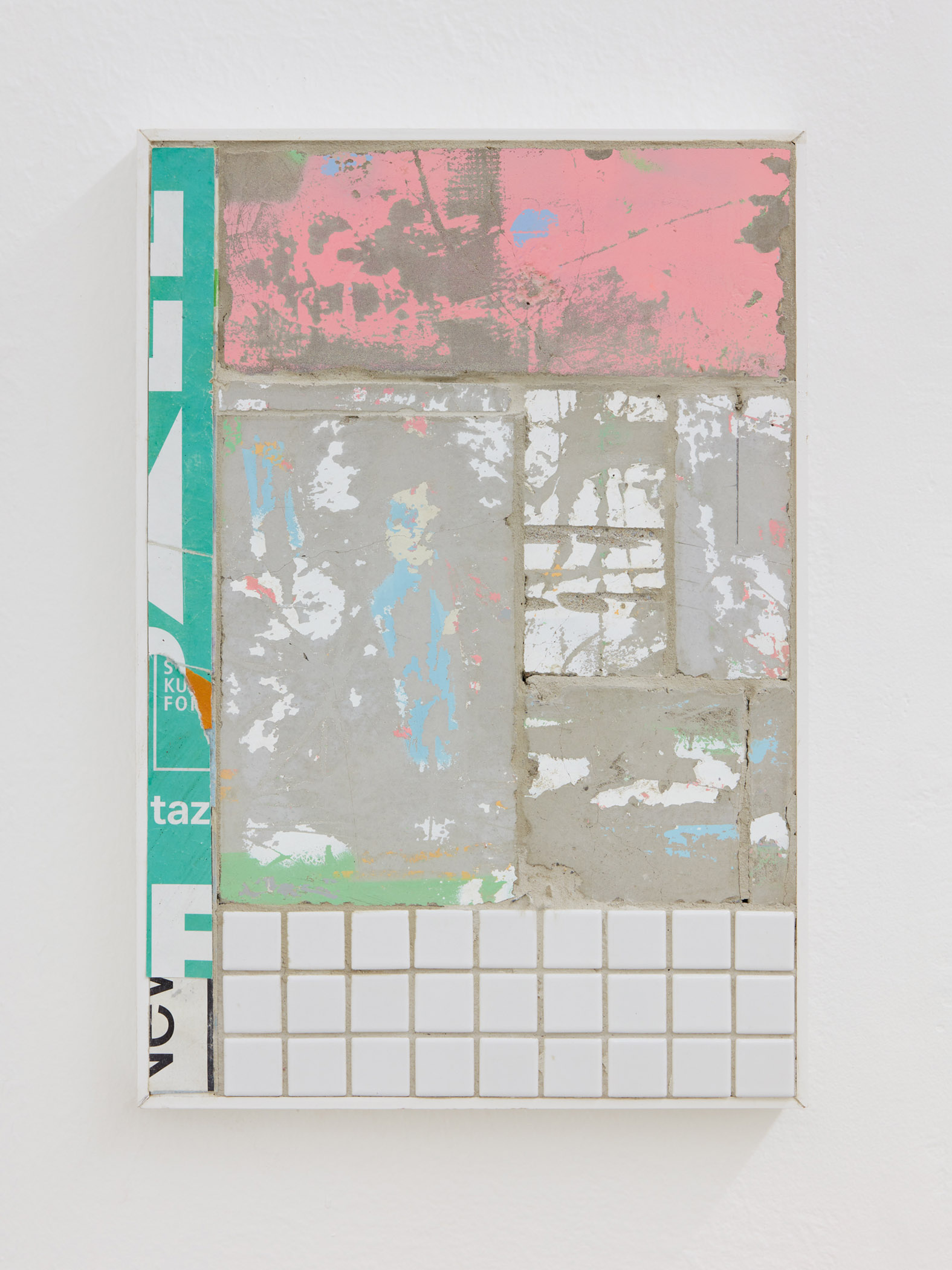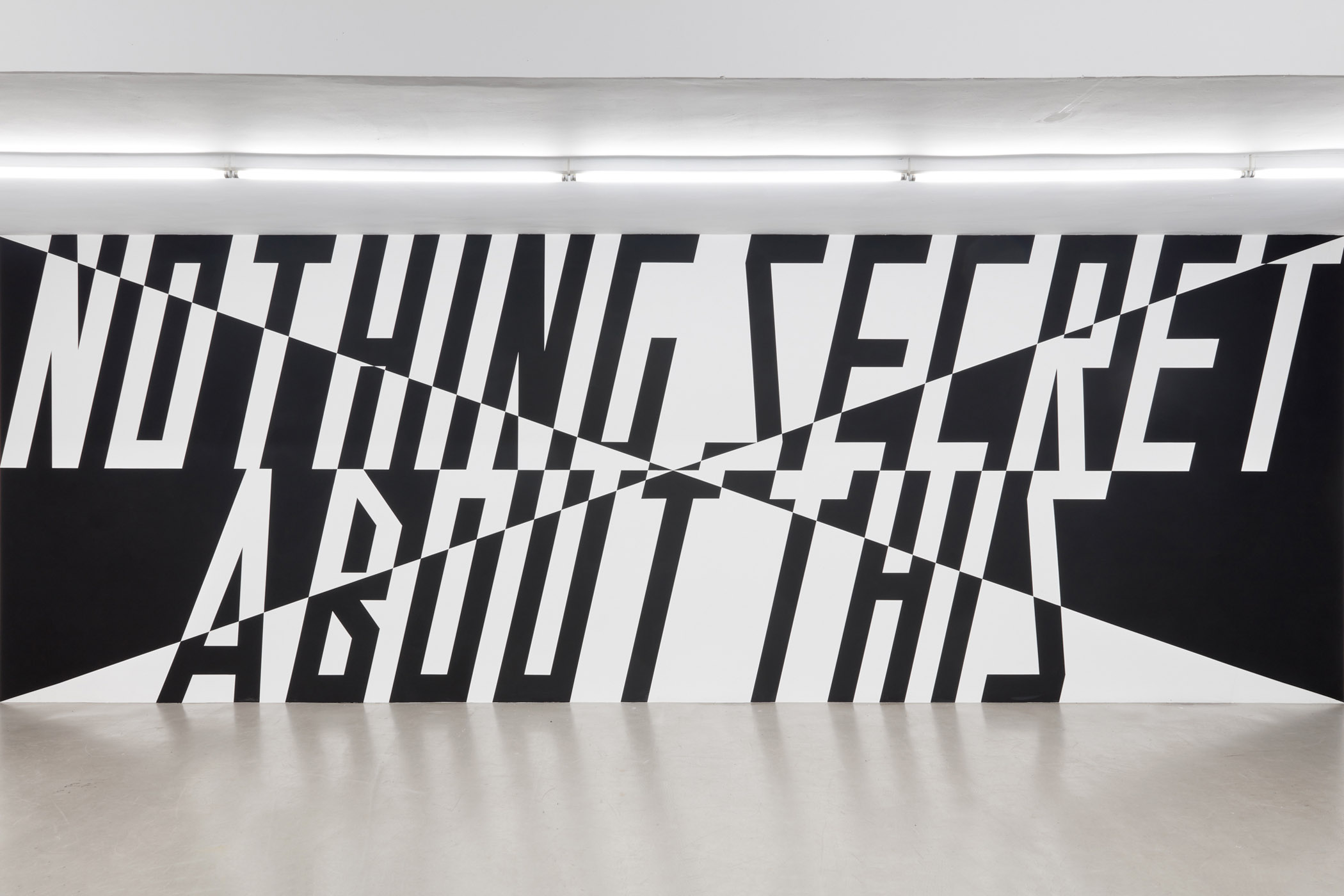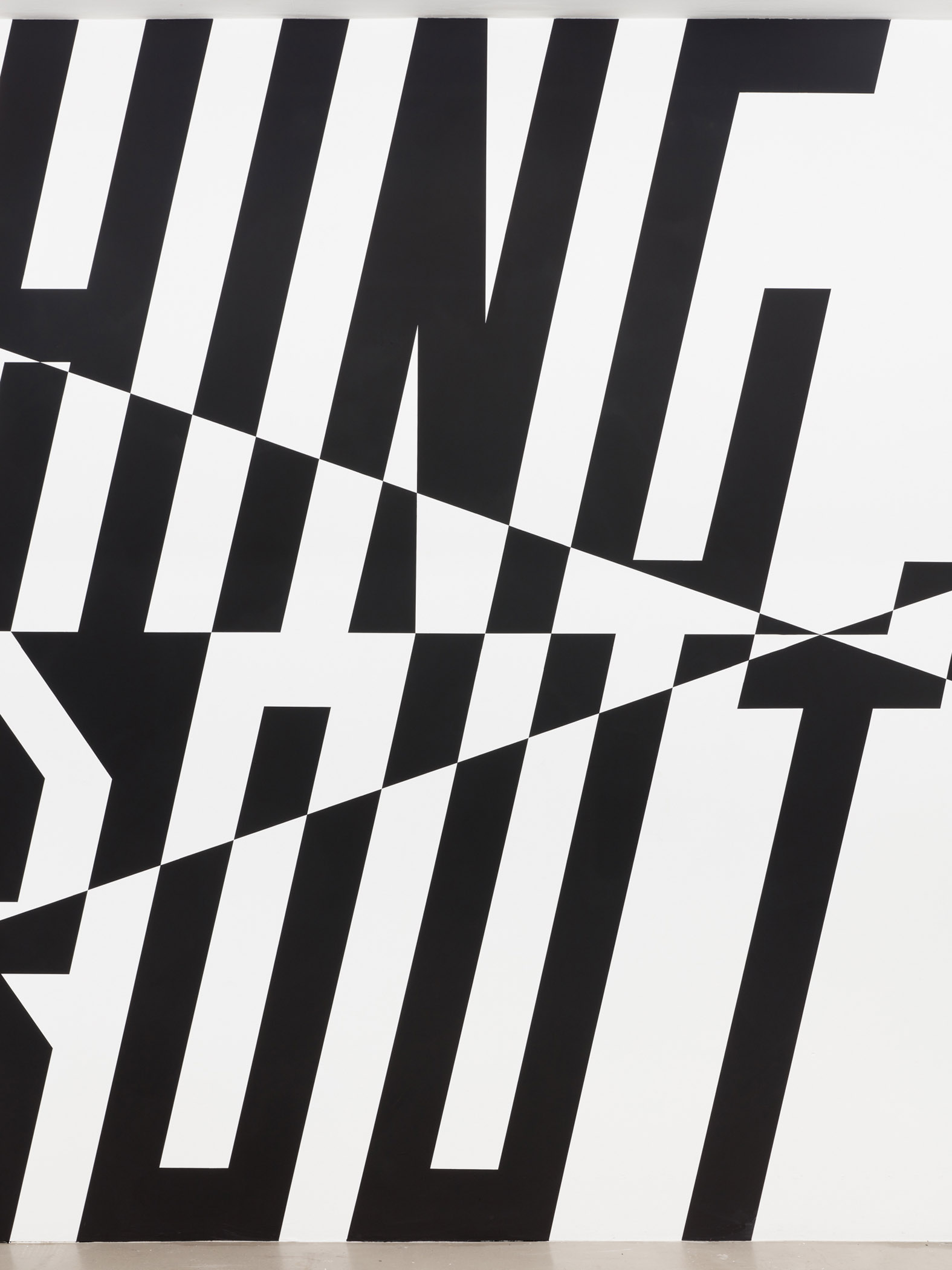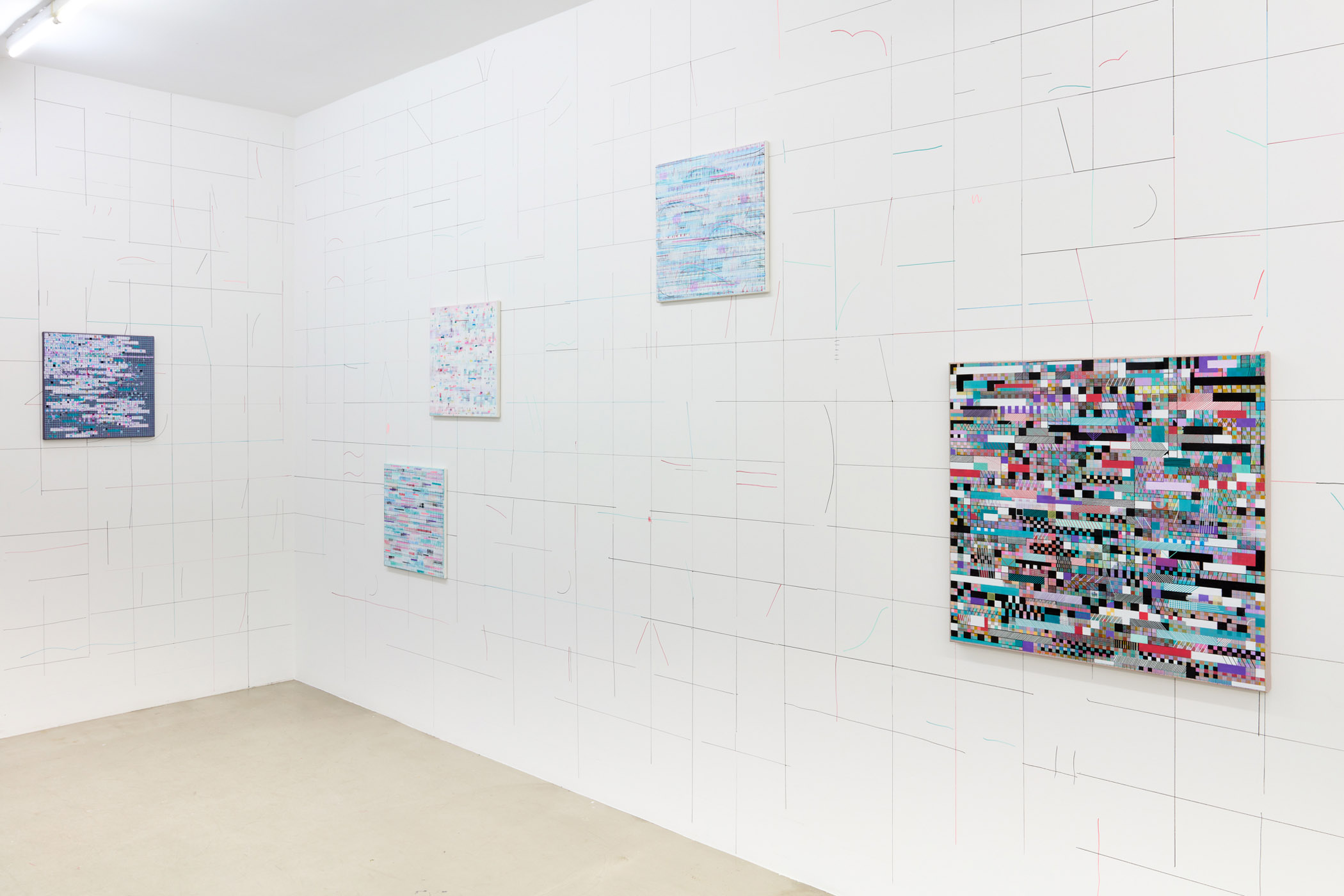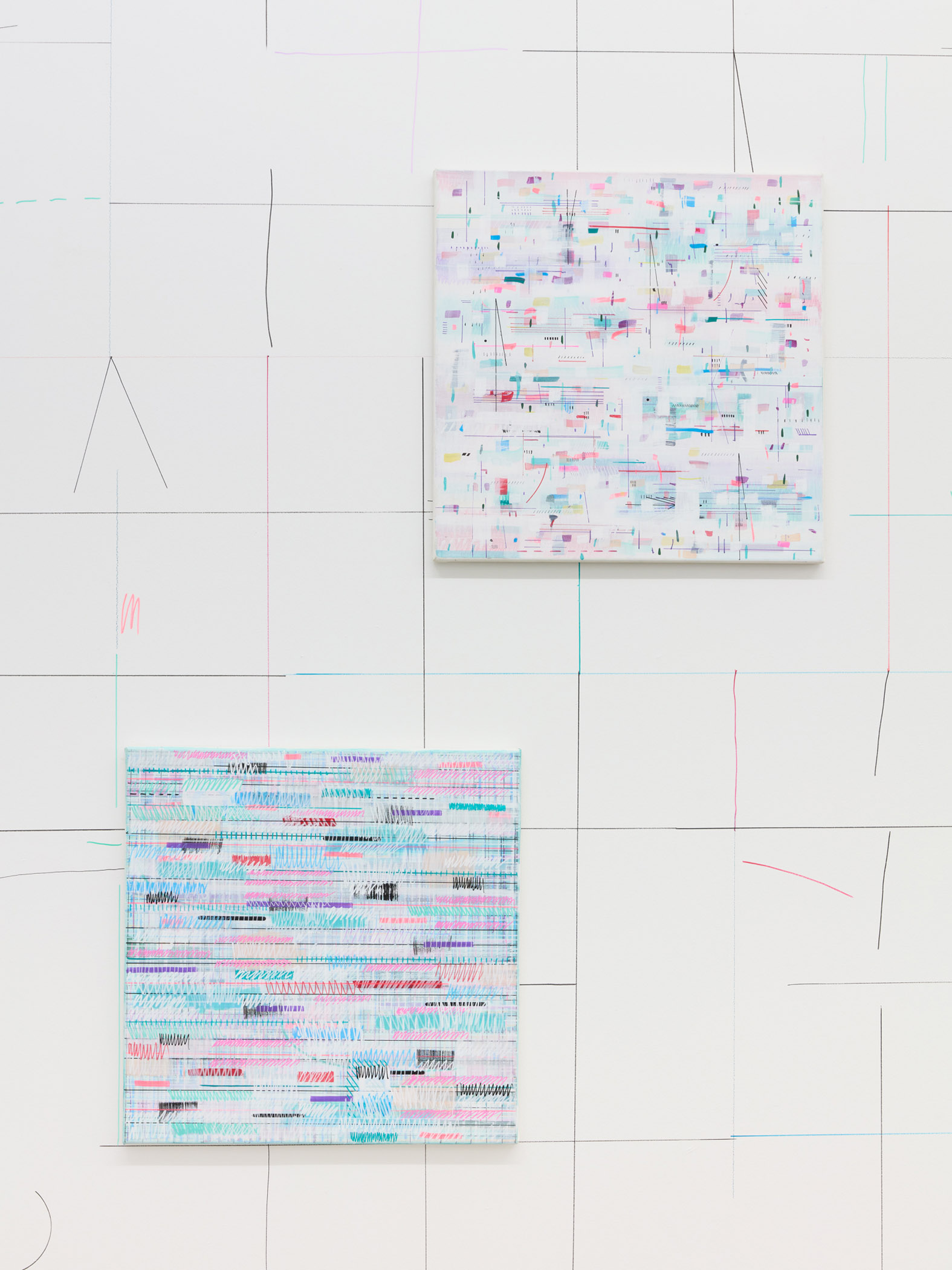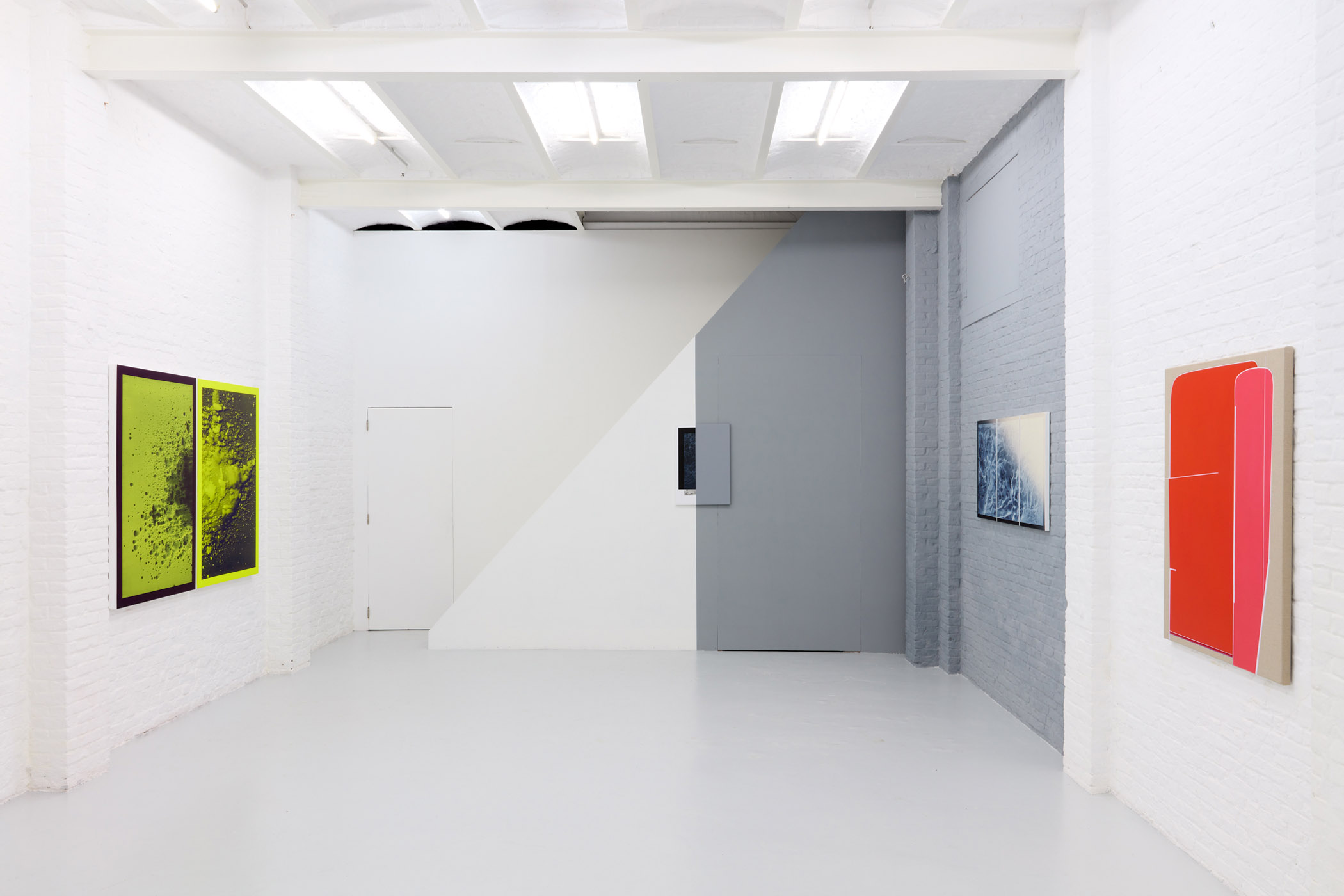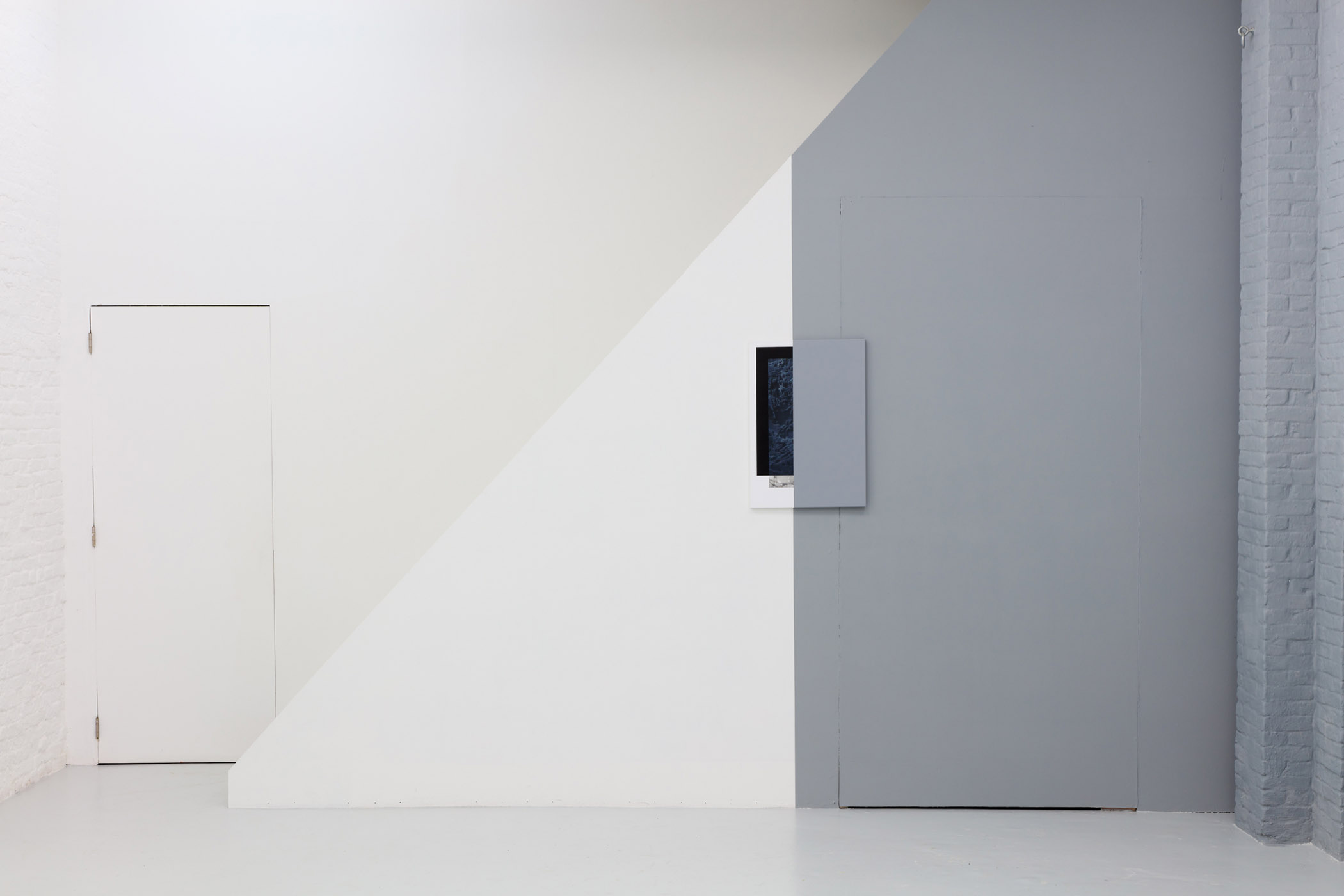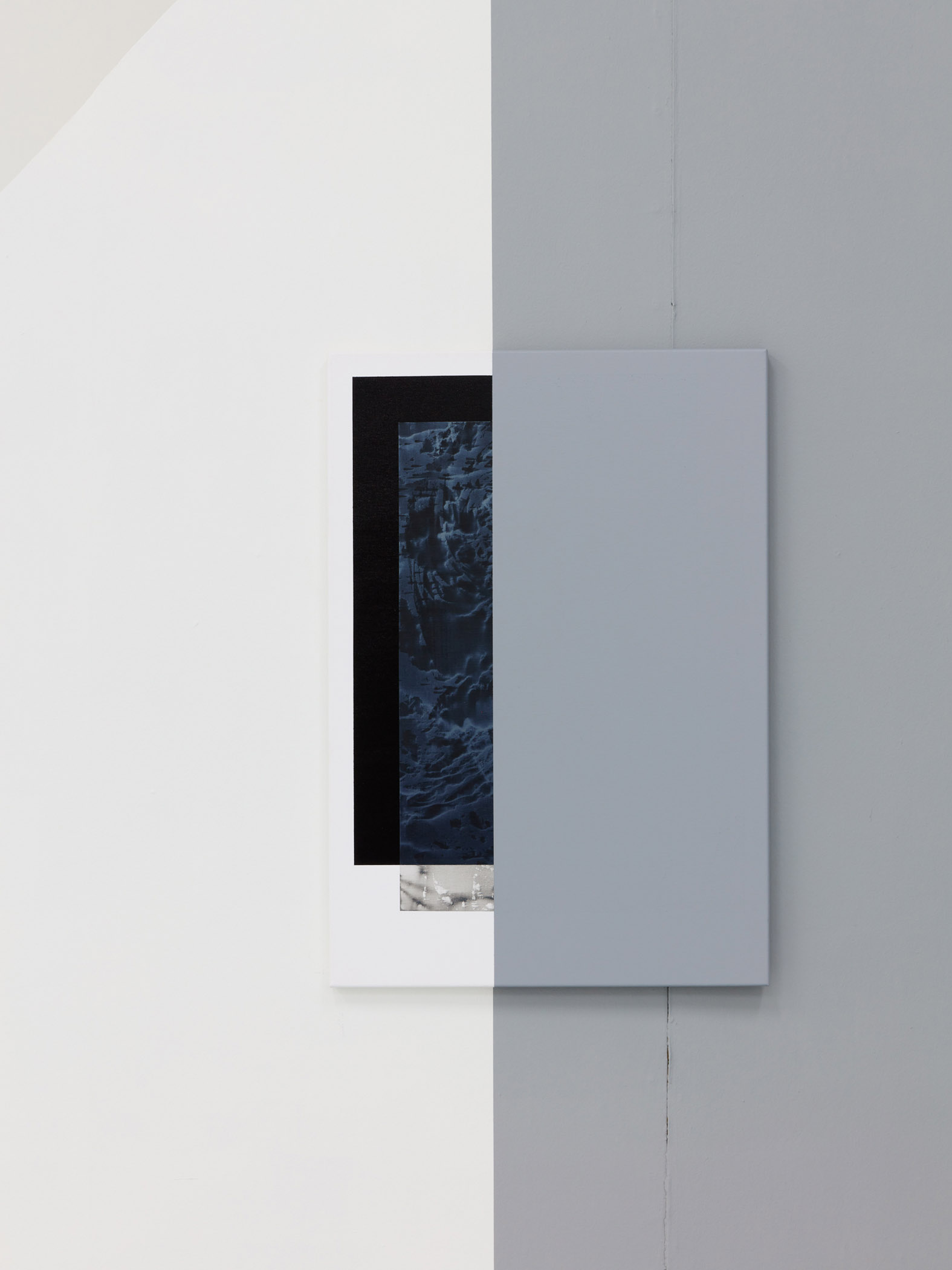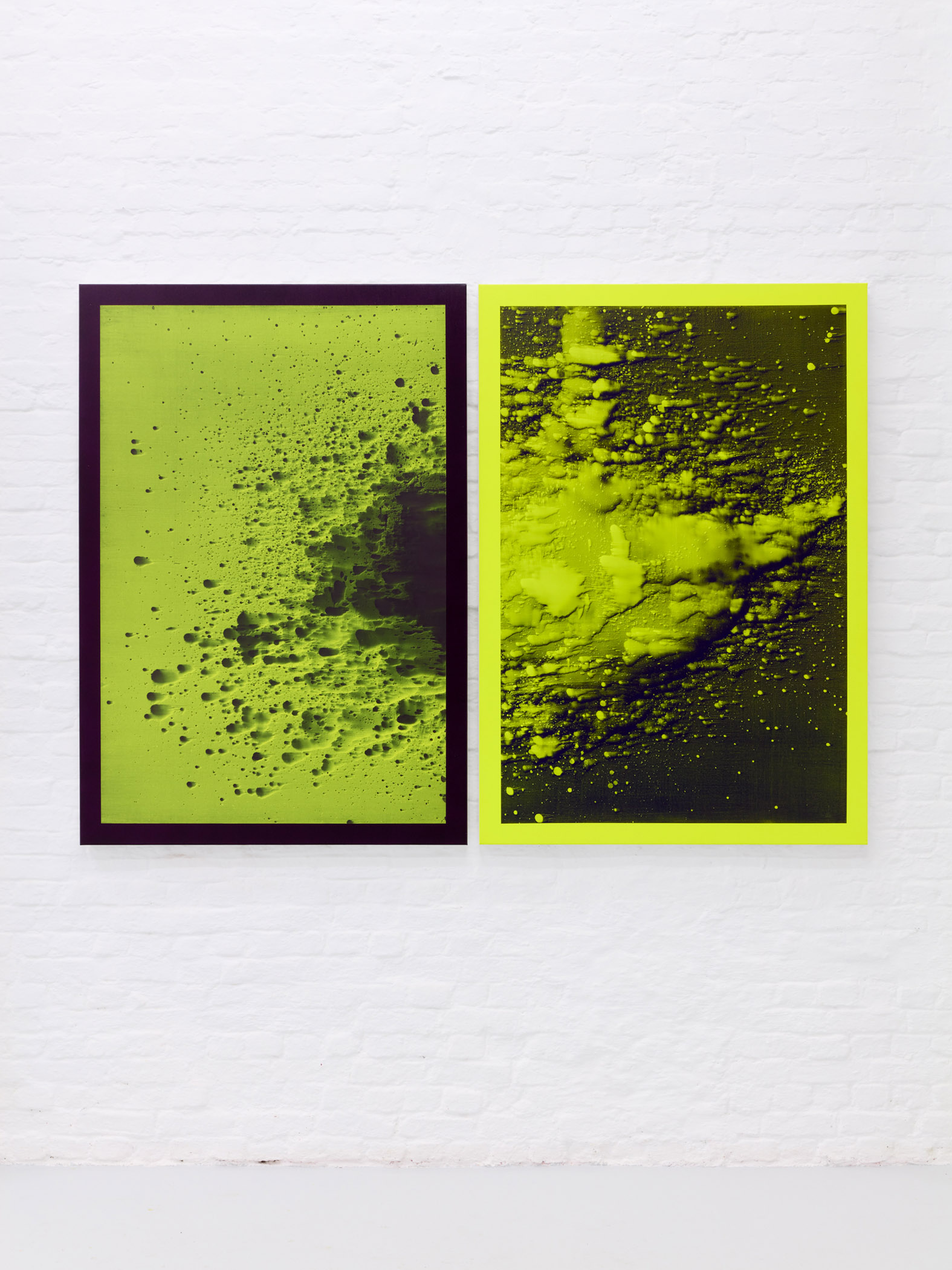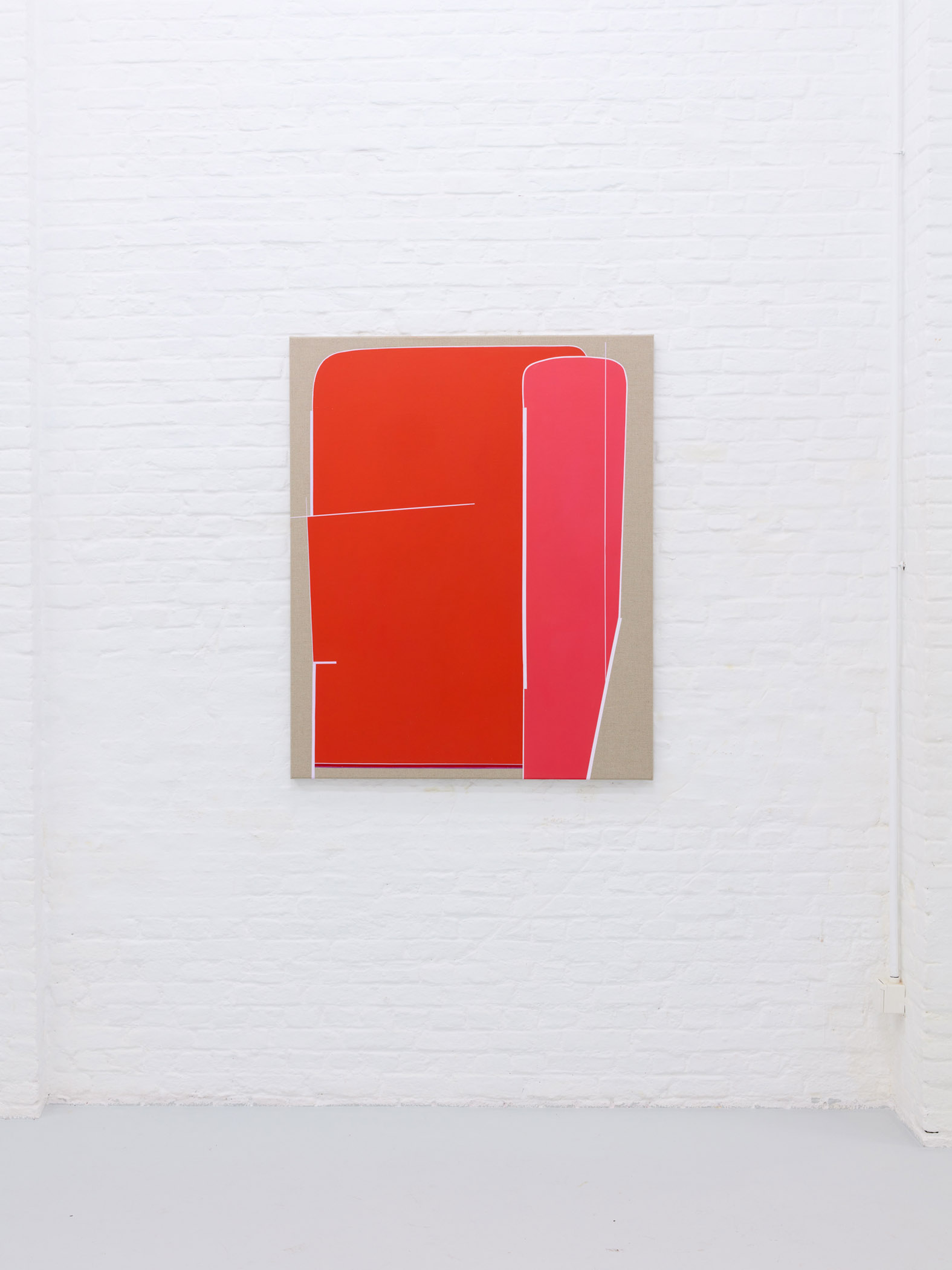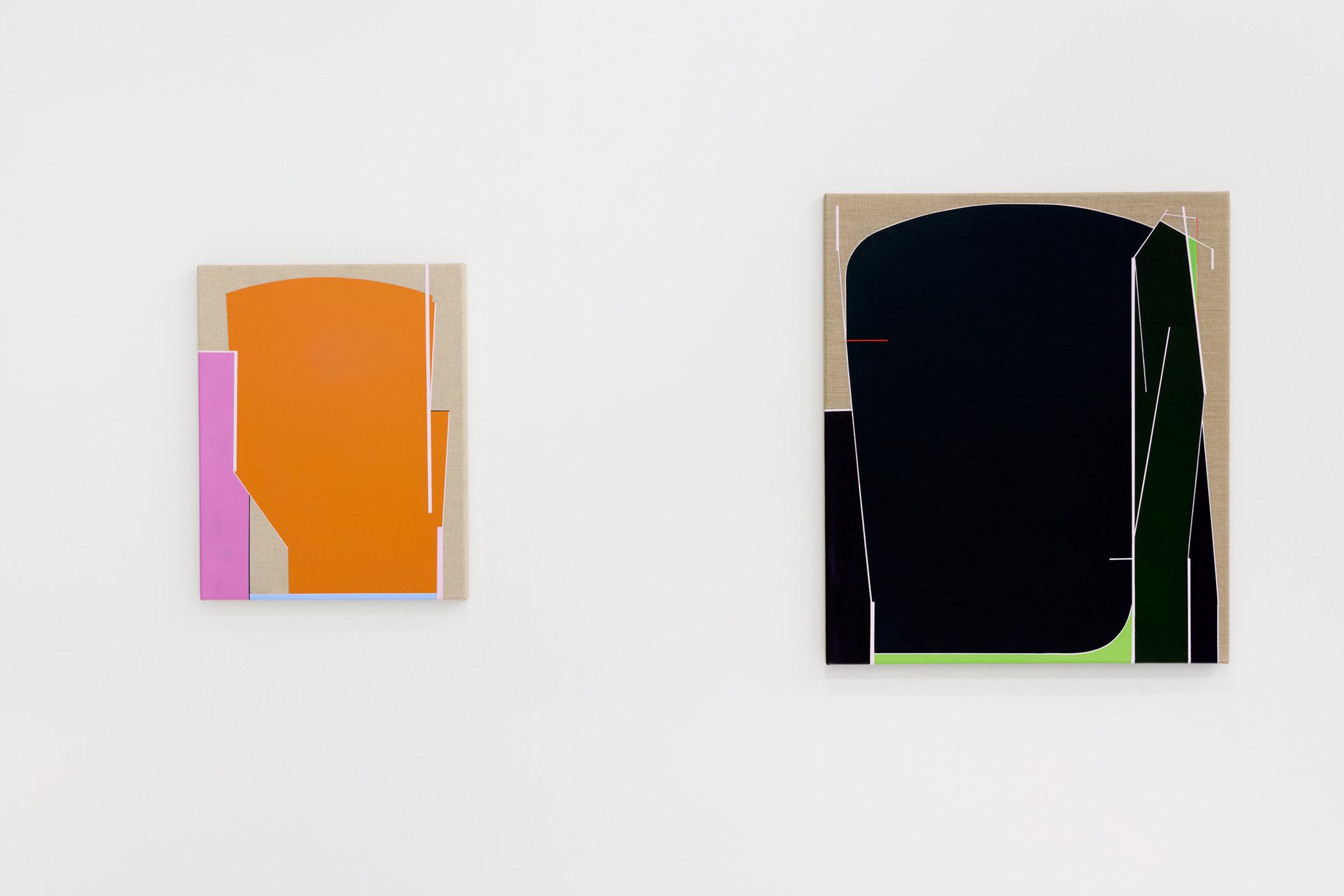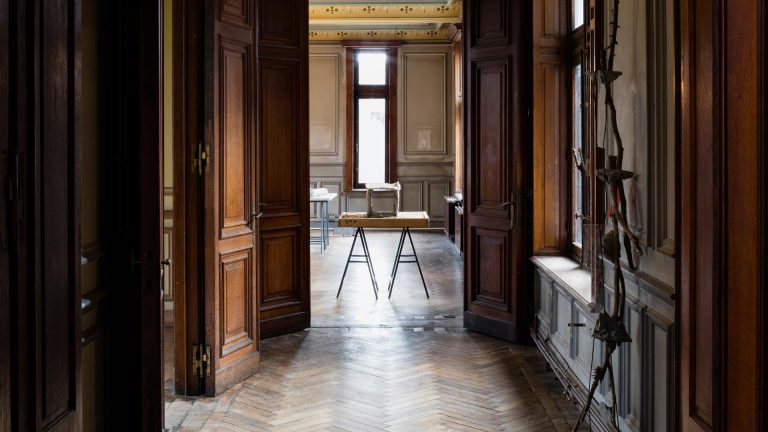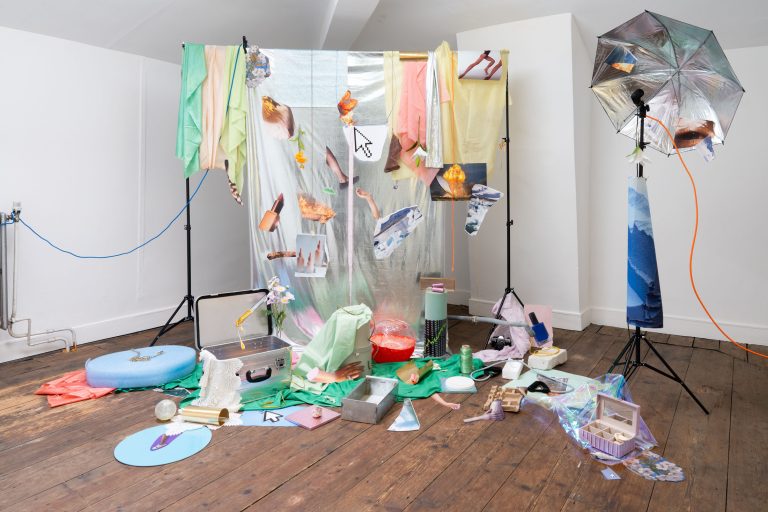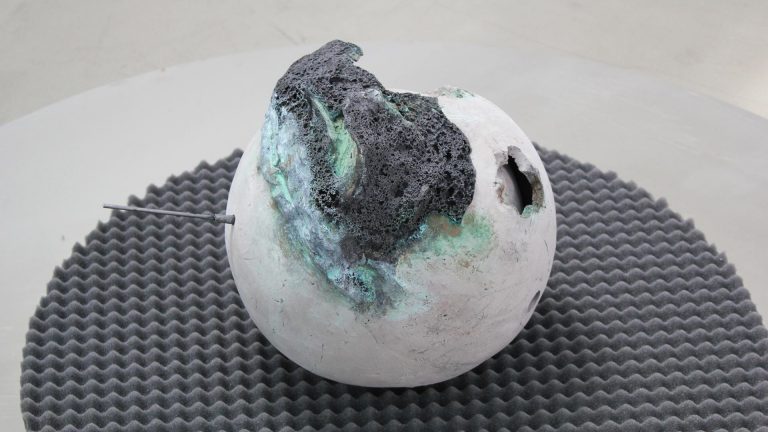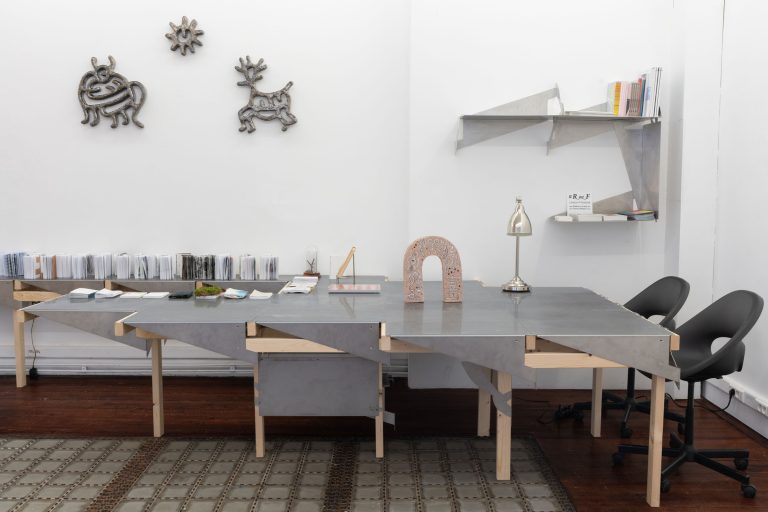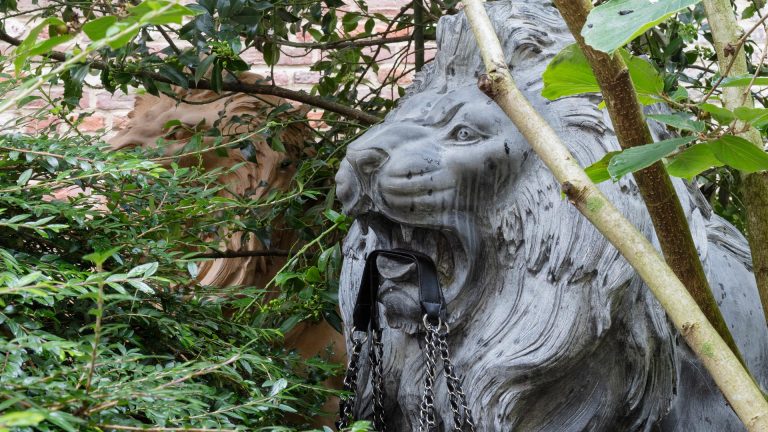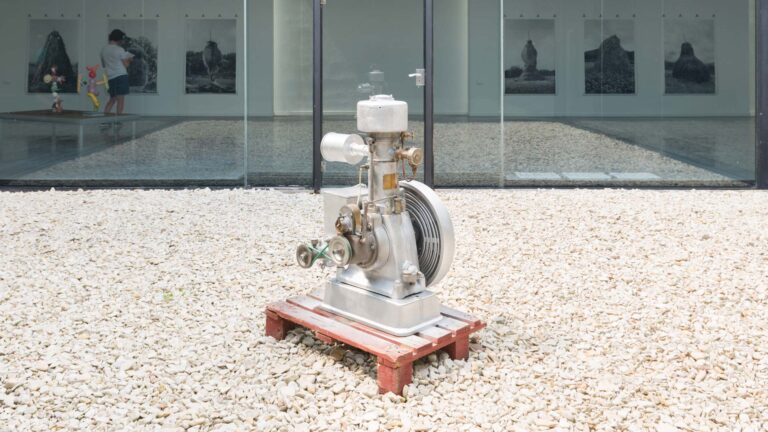Artists: Isabelle Borges, Bram Braam, Lars Breuer, DAG, Martijn Schuppers, Katleen Vinck
Exhibition title: Environmental Abstraction: ARCHIPELAGO
Venue: Base-Alpha, Antwerp, Belgium
Date: November 11 – December 23, 2023
Photography: ©We Document Art, all images copyright and courtesy of the artists and Base-Alpha, Antwerp
Environmental Abstraction came together as a conversation between the artists Martijn Schuppers and Bram Braam about their mutual interest in reality and abstraction.
The exhibition shows a variety of artistic approaches that refer to our environments, from the digital world to landscapes, geology and architecture; expressed in abstract forms, lines, surfaces, textures, rhythmic geometry and volumes. The eclectic mixture of different styles, materials and mediums show each personal quest to capture and transform our reality into their new artistic abstract visions.
Environmental Abstraction will be shown at different venues in Germany, Belgium and the Netherlands.
Base-Alpha Gallery is happy to host the Belgian edition “ARCHIPELAGO”, with Isabelle Borges, Bram Braam, Lars Breuer, DAG, Martijn Schuppers and Katleen Vinck. This edition is curated by Katleen Vinck and Bram Braam.
Isabelle Borges explores patterns and structures she encounters in the visible world. Her main focus is on the geometry of the spaces between things and the resulting spatial dynamics. She generates pictorial spaces that expand and contract evoking spatial fabrics in motion. The range of her work is broad, both in its aesthetic and its content, encompassing historical allusions, perceptual experiments, discursive interrogations and purely subjective approaches.
DAG `s paintings are produced in series. In his latest works, lines are staggered on a dark background, crossed through, overlapped and superimposed, forming alignments and dissonances, luring the viewer’s gaze to its own explorations of light and shadow. They could be anything : partly object , partly feeling, or goats, niches, traces, necessary clouds : “Subversion must produce its own Chiaroscuro ” , writes Roland Barthes (Le Plaisir du Texte , 1973)
The works by Martijn Schuppers can be seen in the light of erosion and sedimentation. He paints in an implemented generative over-the-top process. In an ongoing procedure of dissolving and transporting the paint, which bring forth structures that resemble geological structures. It’s a constant dialectic between concreteness and, for a better term, image, Schuppers found the means to produce such an ‘image’ without compromising the realist concrete set of procedures that bring the work into being. Concreteness, here, positions the object/form that bears the traces of its own making. Schuppers’ paints not after nature but like nature.
The works from Bram Braam are in between abstraction and reality. Braam collects street furniture, used building materials and found objects to create sculptural assemblages as an aggregation of our urban environments. Experimenting with ideas of representation and re-defining our daily surroundings. An interest can be seen back in how we look at our daily reality, what is authentic, what is staged, fake, constructed or natural, and when the self becomes a new entity.
An interest in modernist architecture, ruins and brutalism can be seen back in both practices of Braam and Vinck. The way to look at architecture in a more sculptural way and abstract our built environment in a piece of art is a similar approach.
Katleen Vinck’s sculptures are fragments from another world or another time. Her oeuvre is built around components and residues of human interventions in the existing landscape; archetypical architectural elements such as these often find their origin in the natural world. Her works are rarely finished constructions, but rather appeal to that translucid moment of transformation. She strives for abstraction, essentiality, and universality. Precisely in the beauty of transformative cycles lies the potential to be recognized as an archetypical architectural element, a residue and a new beginning all at once. The rhythmic and dynamic composition of the wall painting NOTHING SECRET ABOUT THIS by Lars Breuer shows an abstract black and white pattern. Besides its quality of a hard-edged and abstract composition the work is based on a self-designed italic typography. By this the wall painting changes between the quality of an abstract rhythm and the semantics of the words filling one wall of the gallery space which becomes clearly defined by the large-size execution.NOTHING SECRET ABOUT THIS deals with the expectation of the visitors. The “Revealing (of) Mystic Truths” (Bruce Nauman) or the expression of an inner mood is a romantic topic of the artistic practise. The clear message that there is no morality “in between the lines” can be seen literally reading the directly adjoining characters. But on the other hand side Jacques Lacan’s famous saying “art matters where it does not mean anything” becomes a contradiction and absurdity if text and its meaning is part of a painting. So finally the interpretation is open and depending on the visitor’s opinion and appreciation. On the one hand the major diagonals intensify the abstract quality of the painting and they simply mark the edges of the wall. On the other hand they can be read as crossing lines rejecting the content of the words.



